The benefits of Heat recovery Ventilation ...
How Does Heat Recovery Ventilation Work
Heat Recovery Ventilation Systems work on the principle of balance. They use fans to draw in outdoor air and extract indoor air, ensuring your home maintains a stable air pressure.
As fresh outdoor air enters the HRV unit, it passes through a heat exchanger. This exchanger captures the heat from the outgoing indoor air and transfers it to the incoming outdoor air. During winter, this means you get warm, fresh air without losing the heat you've generated indoors.
Heat recovery ventilators continuously repeat this cycle, ensuring your indoor air remains fresh, comfortable and of high quality.
Air Tightness Testing
Building Regulations in Ireland since January 2008, air tightness testing is mandatory for all dwellings
An air tightness test is used to determine air flow output in a home
If there is a lot of air flow output this results in a loss of heat in a home.
Air tightness testing helps to show compliance with current building regulations

